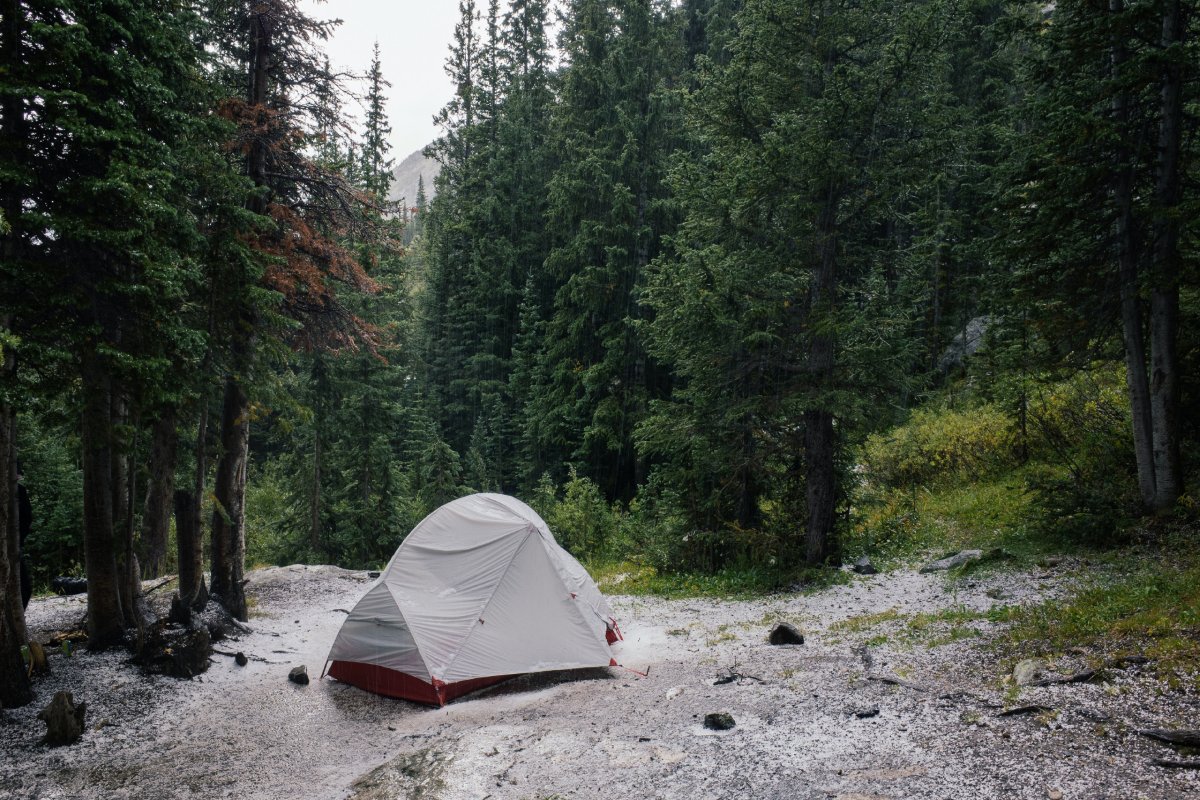Skift Take
If U.S. domestic tourism businesses want to hold on to the post-pandemic gains with Americans, they better upgrade their marketing strategies and experience offerings.
U.S. tourism businesses surged after the pandemic. Now they’re giving back some of those gains as Americans have been traveling abroad. Skift spoke to several tourism companies and operators to assess domestic demand. It’s not a collapse, they say – but a clear softening.
“We feel like our bubble has burst and we’re getting back to normal, more like 2019 levels of visitation,” said Montana’s Discover Kalispell CEO Diane Medler, who pointed to international travel as one contributor.
Whidbey and Camano Islands has seen its short-term rentals bookings and lodging tax revenue drop due partly to international travel booming, said a spokesperson for Washington State’s Embrace Whidbey and Camano Islands.
“We’re seeing continued growth, but much slower growth than what we saw during the pandemic,” said Jon Gray, CEO of RVShare, an RV rental marketplace. Interest in longer outdoor domestic trip lengths is also weaker: Gray said seven day trips booked on RVShare have “seen more of a fall off” from last year.
Tour operators say there’s been a drop in domestic demand from U.S. clients. “What we’re hearing from our teams is that people are saying ‘I’m going to go international this year,’“ said Yves Marceau, vice president of product for G Adventures. “The U.S. to U.S. numbers are down,” he said. “We’ve seen it from hotels in Yellowstone, Jackson[,Wyoming], San Francisco and in a lot destinations in the U.S.”
Tour guide bookings at U.S. National Parks are down too. “Compared to the last two years, they were constantly fully booked. Now, there are spots of availability,” said Kelly Torrens, vice president of product for Kensington Tours.
Americans are traveling more than they did last year, that’s for sure. But the domestic U.S. businesses haven’t captured it. Between January and May, 36 million Americans traveled abroad, up 35% from the same period last year, according to the U.S. National Travel and Tourism Office.
CEOs of large companies have sent a similar message on earnings calls. “Demand in the [U.S. and Canada] market has been stabilizing on a year-over-year basis with travelers from the region increasingly taking vacations overseas now that pandemic-related travel restrictions are behind us,” said Anthony Capuano, president and CEO of Marriott International, the largest hotel company in the world, after releasing quarterly earnings this month.
In early August, STR downgraded its growth forecast for the U.S. hotel industry due in part to more “travelers opting for overseas trips.”
Airlines are seeing international demand chip away at domestic travel. “We’ve seen a greater-than-expected geographic shift in pent-up Covid demand as the strength in demand for long international travel this summer has pressured demand for shorter-haul travel,” said Robin Hayes, CEO and Director of JetBlue Airways this month. U.S. domestic fares have weakened in response to a surge in international travel, reported Skift’s Airline Weekly.
Normalization to the New Normal
All this is a shift from the years when borders were closed and domestic travel within the U.S. skyrocketed, especially to outdoor-centered activities like camping, a Megatrend Skift highlighted.
But getting back to around 2019 levels isn’t so bad, said Kalispell’s Medler. The town experienced a lot of stress on its communities and environment during the pandemic outdoor rush. “We feel like that’s much more manageable than it was in ’21 and ’22,” she said.
Kalispell isn’t alone. During the pandemic, many outdoor destinations experienced stress on their residents’ quality of life, housing and environment, frustrating locals. In some cases, communities got so frustrated they put the brakes on destination marketing or voted to redirect bed tax dollars to local needs like affordable housing.
“It’s a good thing to normalize,” Medler said.
Even though growth rates have slowed, Gray is hopeful for a boost from the remote work trend and investment in Wi-Fi in campgrounds, both of which will enable more travel. He’s also looking forward to the coming solar eclipse on April 8, 2024. The last solar eclipse was in 2017 and RVShare saw strong growth.
The Daily Newsletter
Our daily coverage of the global travel industry. Written by editors and analysts from across Skift’s brands.
Have a confidential tip for Skift? Get in touch
Tags: camping, camping grounds, g adventures, intrepid travel, kensington tours, montana, outdoor tourism, rural tourism

